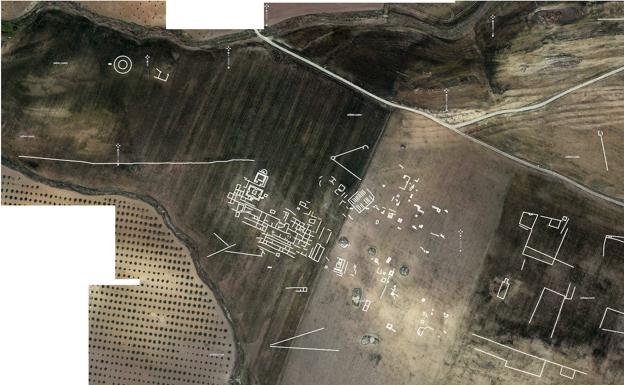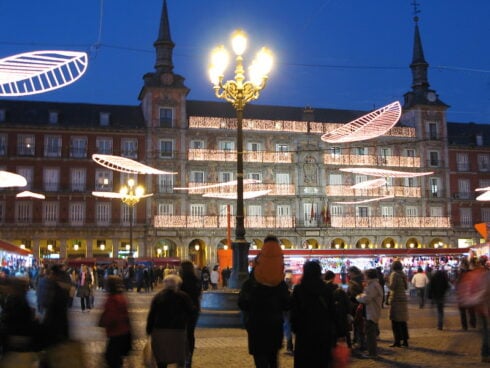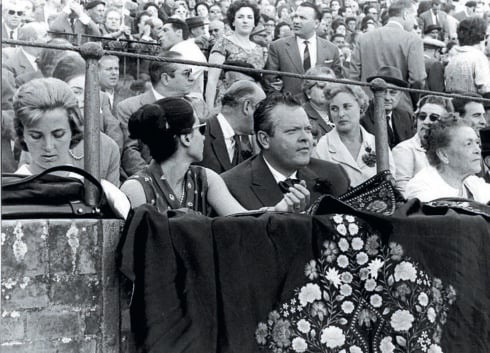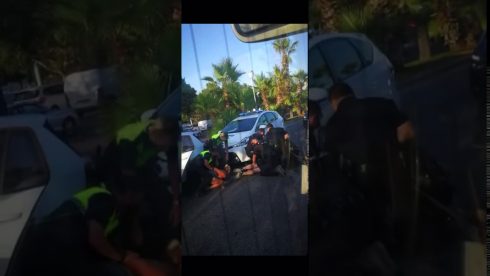SABORA Flavia, the last of the Roman cities still to be located in Malaga, is believed to have been found on the fertile plain of Cañete La Real.
The huge discovery was announced on Monday by mayor Jacobo Aranda.
Until now, while the existence of the city was documented, its exact location was never known.
Thanks to the discoveries of unusual pink marble by a local resident, Antonio Aranda, it is believed the spot of the lost city has been located.
READ MORE:
- The oldest city in Spain was built 5,200 years ago near Almeria, researchers discover
- Fisherman discovers 14th century sculpture on Spanish riverbed
The findings were made when Aranda was cycling in an area near Cañete la Real, in a region already under archaeological protection.
From holes in the ground made illegally by thefs with metal detectors, slabs of unusual pink marble were uncovered.
The City Council was notified of the findings and further investigations have revealed an orthophoto from 2012 which shows an image of what could have been the Roman city of Flavia Sabora.
The following step in unearthing the mystery involves a ground-penetrating radar (GPR) of the area.
This nondestructive method uses radar pulses to image the subsurface, allowing precise images of what can be found up to five metres underground.
The images will allow for more accurate information of what is under the 90,000 square metres of agricultural land.
According to the first indications, it is believed there is a structure the size of a large pavilion.
Flavia Sabora is the only Roman city remaining to be located in Malaga.
If confirmed, it will join the prestigious list of other roman cities of that era, such as Acinipo (Ronda), Lacipo (Casares), Caviclum (Torrox) or Aratispi and Antikaria (Antequera), among others.
Click here to read more News from The Olive Press.








